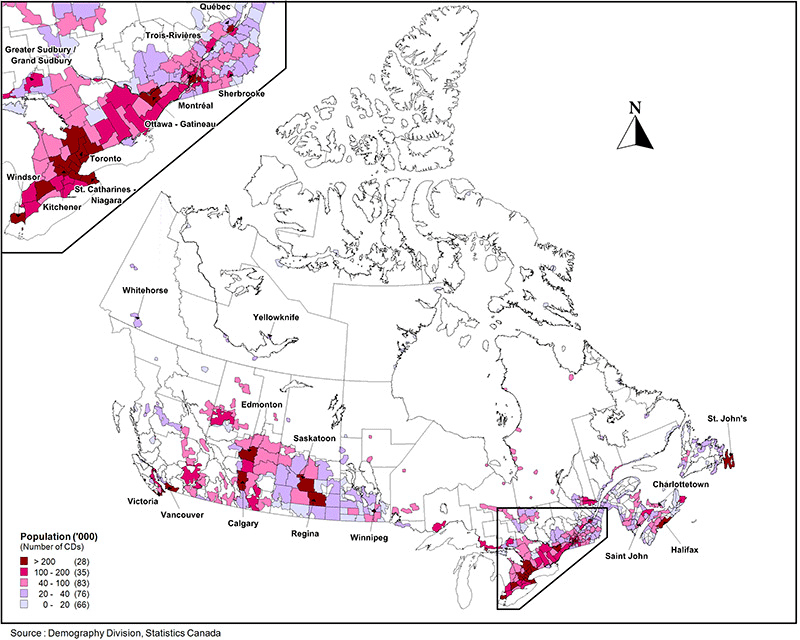
An exponential rise in the number of human trafficking cases in Ottawa since 2009 has many people worried, but experts caution that the data may be misleading. Even though the numbers seem to be going up, the increase may be due to factors other than an increase in actual crimes.
According to crime statistics from the Statistics Canada CANSIM database, over half of the incidents of human trafficking in Canada since 2009 have occurred in Ontario. 106 cases are attributed to Ottawa, which has the second highest concentration of human trafficking offences outside of Toronto as of 2015. The concern is that reported cases in Ottawa have essentially doubled each year.
Professor Kamala Kempandoo of York University studies sex trafficking and cautions that the rise in numbers is partly because of a changing definition of what “human trafficking”.
“If people think most women in the sex trade are forced, then most sex work will be counted as ‘sex trafficking,’” she says, as an example. “the statistics say nothing unless you know what is being counted.”
Until 2005, human trafficking was not a recognized offence in Canadian legislation. Instead, offenders were charged with other crimes like kidnapping, extortion, fraud, and uttering threats. In 2005, Bill C-49 amended the Criminal Code of Canada to recognize all aspects of the crime as a whole, which explains why that there are no recorded cases of human trafficking in Canada before 2005.
Additional amendments expanded the definition of human trafficking, which was reflected in the increase of reported cases nationally.
Criminal Code of Canada (Text)
Human rights lawyer Hugh Scher says the concentration of reported cases in Ottawa is due to population density. Over one-third of Canada’s population lives in Ontario with the majority living in the “corridor” between Montreal and Toronto.
“Ottawa is densely populated,” he says. “It has large and diverse communities from all over the world, and that potentially makes it a greater target for this kind of nefarious behaviour and activity. The more people, the more cases. The same may also be said of Montreal, and other big cities.”

Staff Sergeant David Bal of the Ottawa Police Department says the sharp increase in cases of human trafficking in Ottawa is explained by an increased awareness of the issue, both within the community and on the police force.
“We’re not seeing a growth year over year,” he says. “We are constantly promoting awareness and encouraging victims and witnesses to come forward. And with more people coming forward, there’s going to be more cases.”
Police Action Annual Report 2015 (Text)
Although many elements contribute to the rising number, the most important is that there are still numerous victims who have been overlooked because they have not come forward. Increased time, funding, resources, and awareness have improved the ability of authorities to discover cases rather than more cases occurring.
Sgt. Bal says Ottawa is currently in a good position to deal with human trafficking in the years to come. Outreach, training and education will encourage existing victims to seek help and enable Canadians to recognize and report potential cases.
“At the end of the day, the charge is one thing. It’s nice to have, but we want to make sure that if there is a victim that wants to get out of a situation, that we have the resources in place,” he says. “On a macro level, but more importantly on a micro level, in terms of the individual survivors that we’re dealing with, it makes a huge difference in their lives.”
